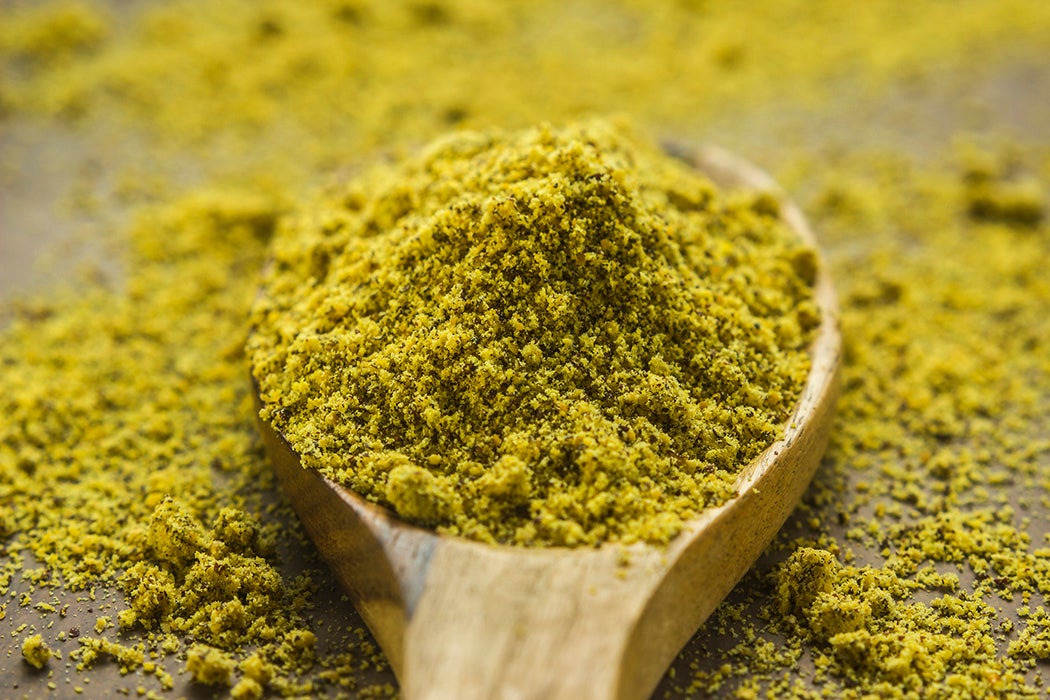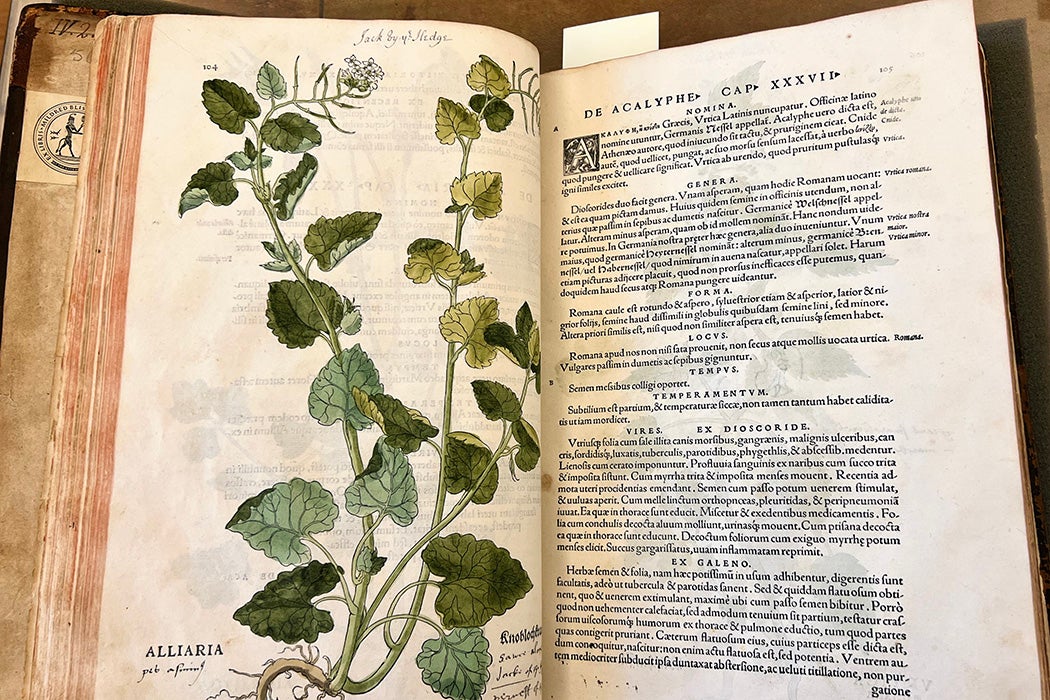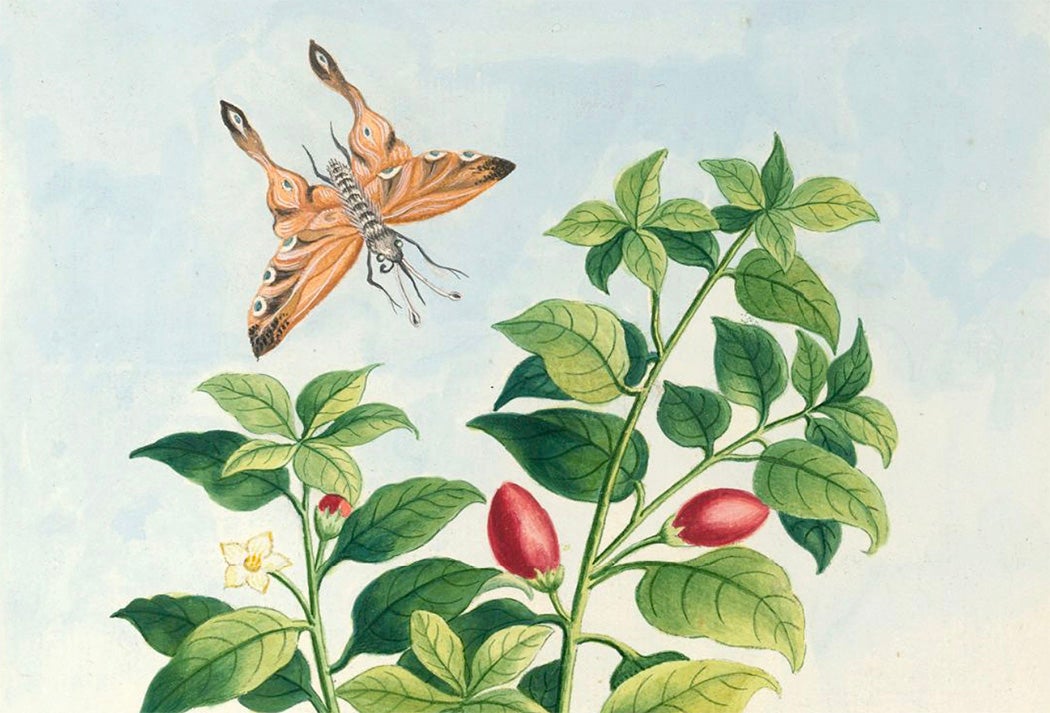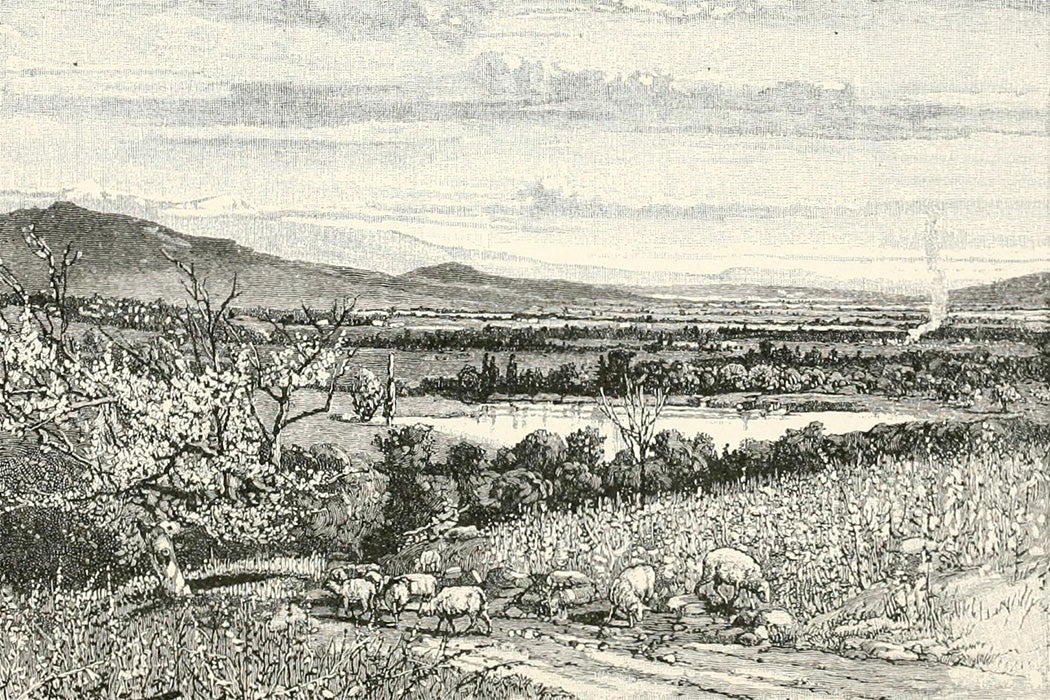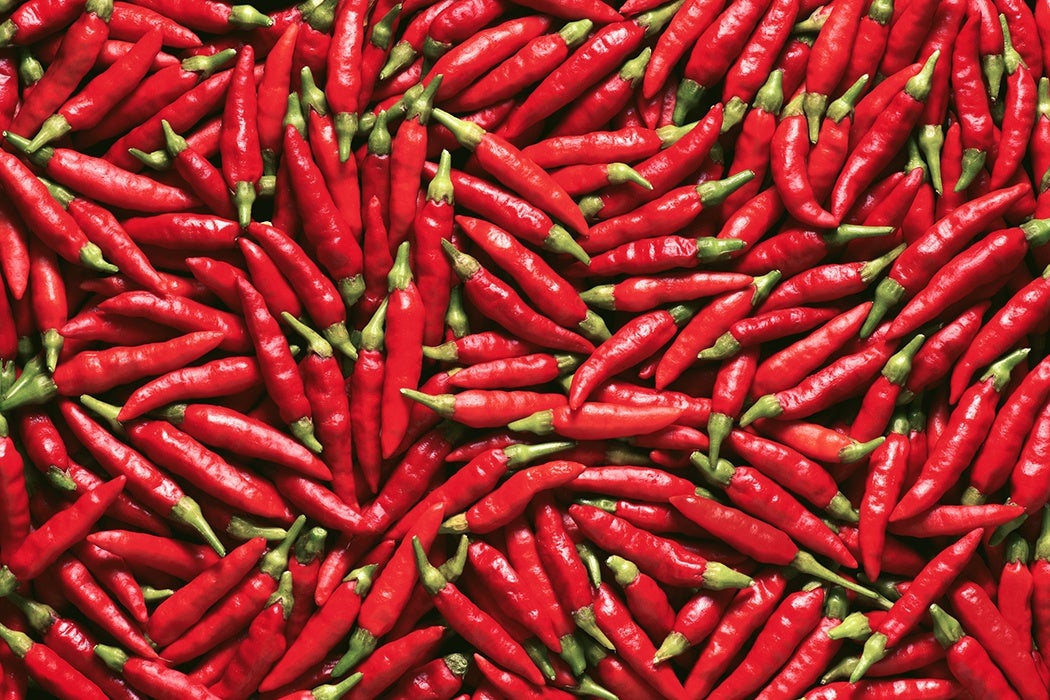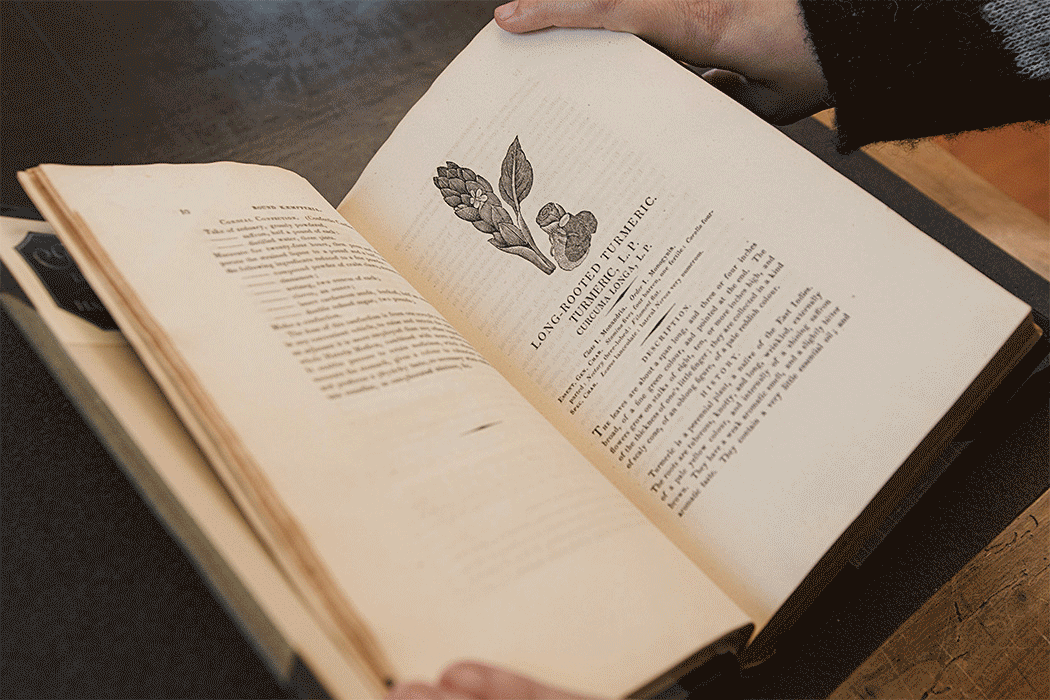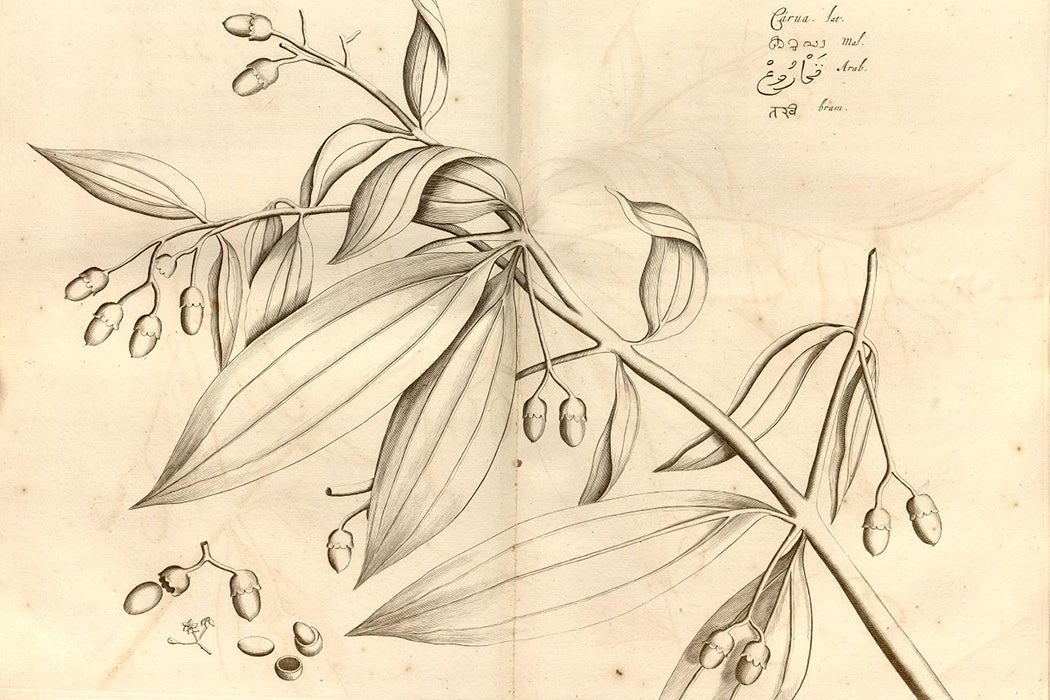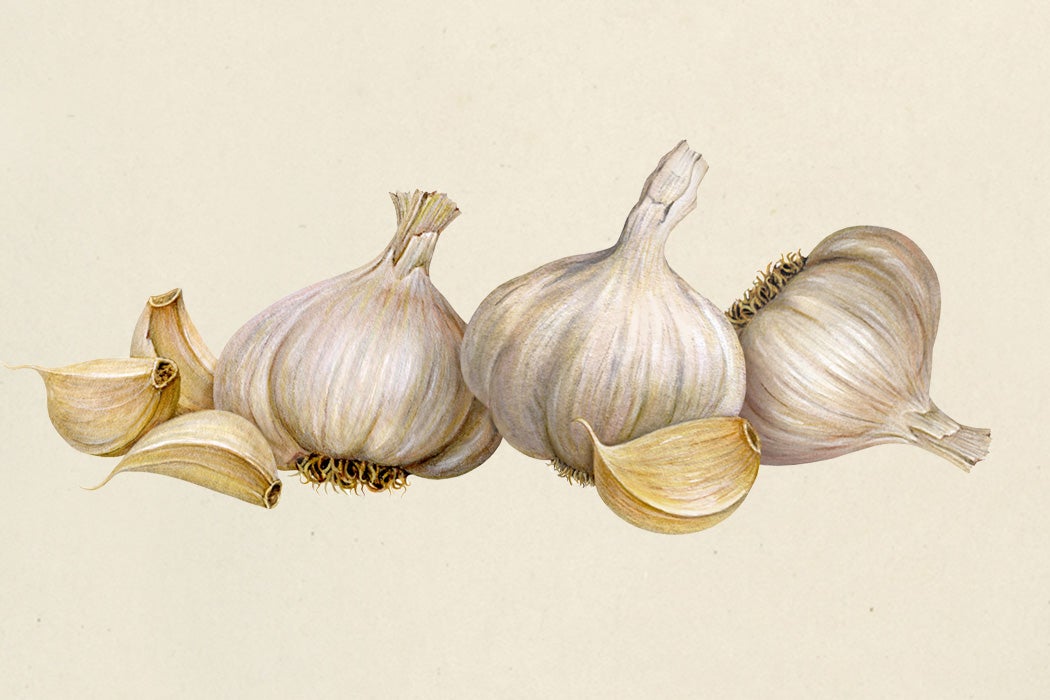Flavoring food through the addition of spices probably dates back to 6000 BCE. Spices were frequently mentioned in the Bible, and they were popular in Greek and Roman times. Historian Elizabeth Ann Pollard notes that recipes saved by the first-century CE cook Apicius called for pepper, ginger, costum, folium, malabathrum, spikenard, asafoetida, sesame seed, turmeric, and spica India, a list that not only demonstrates a diverse palate but the trade relationships between the Roman Empire and points east. Pliny the Elder’s writings indicate casia, myrrh, and frankincense found their way to Rome from southeast Asia; costus, bdellium, lykion, nard, malabathron, and black pepper arrived from India.
During the Middle Ages, the spice trade was the source of “fabulous wealth” in Mediterranean Europe, writes food historian and cookbook author Clifford A. Wright.
“[T]he money made from spices contributed to the rise of the European city-state, perhaps played a role in the transition from feudalism to capitalism, fueled the impetus that opened an age of discovery, and contributed to the later emergence of the Renaissance,” he argues.
When Old World crashed into New in the late fifteenth century, encountering the chili plant (capsicum annum and spp.) and all its derivatives, the European spice trade began to shift its focus from east (India and China) to west (South and Central America). Today, chili pepper is a global commodity, grown and hybridized around the world.
This collection contextualizes the ways in which we acquire, use, and assign cultural value to spices, from sage to cinnamon, chili pepper to salt. As always, the underlying scholarship is free for all readers.
The Desperate Quest for American Cinnamon
Plant of the Month: Garlic Mustard
The Mystery of the Mustard Family
Plant of the Month: Chili Pepper
Plant of the Month: White Sage
The Science of Hot Chili Peppers
Plant of the Month: Turmeric
Will Spicy Foods Preserve You?
Plant of the Month: Cinnamon
The Pirate-y Life of Ferdinand Magellan
Garlic and Social Class
A Grain of Solar-Made Sea Salt
